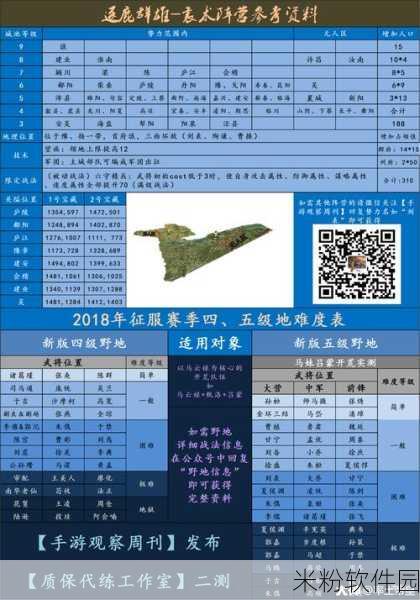无人区码的分类及其特点
无人区码分为一码、二码和三码,这三种类型各自具有独特的特征,适用于不同场景。了解这些区别可以帮助用户在选择时做出更合适的决策。
一码:简单直接
一码系统通常由一个唯一的标识符组成,简洁明了。这类代码设计最基本功能,即快速识别单一物品或信息点。例如,在仓库管理中,无人区码的一项主要用途是对库存商品进行跟踪。一旦扫描该二维码,可以迅速获取相关产品的信息,包括名称、价格以及存储位置等。这种便捷性使得操作人员能够高效地完成任务,降低人工错误率。

二码:增加层次感
与一码相比,编码结构更加复杂。通过组合两个相互关联的数据元素,使得此类二维码能提供更丰富的信息。在物流领域,当监控货物运输过程时,引入两条数据流就显得尤为重要。一方面可以记录发货方的信息,另一方面则可追溯到收货方。同时,由于包含多重信息,多级访问权限也成为可能,为企业安全管控带来便利。
三码:全面综合解决方案
三码所代表的是一种全方位的数据整合能力,通过三个维度将更多细节囊括其中。这对于需要复杂分析和大数据处理的平台特别有用。例如,大型零售商利用这种技术来优化供应链管理,通过实时分析消费行为、销售走势,以及市场趋势,从而调整进货策略,提高效率。此外,其应用还扩展至客户关系管理(CRM)领域,不仅增强消费者体验,也促进了品牌忠诚度提升。

User需求视角下的实际案例
An example of real-world application can be seen in the retail sector. When a customer wants to learn more about a product, scanning an item’s barcode (one-dimensional code) provides immediate access to basic information like price and availability. However, if the retailer employs two-dimensional codes, shoppers might receive promotional offers or complementary items that enhance their shopping experience.
The emergence of three-dimensional codes elevates this interaction further by allowing customers to engage with augmented reality experiences through mobile devices. Such innovations not only enrich consumer engagement but also drive sales conversions significantly as personalized recommendations based on user profiles become possible.
This technology's future potential
The advancement of unmanned zones coding will likely continue evolving alongside technological breakthroughs such as artificial intelligence and machine learning. These technologies facilitate deeper integration into business operations beyond mere identification tasks; they empower predictive analytics and automated decision-making processes from vast datasets collected via various 1D, 2D, or 3D barcodes.
| 参考文献: |
|







